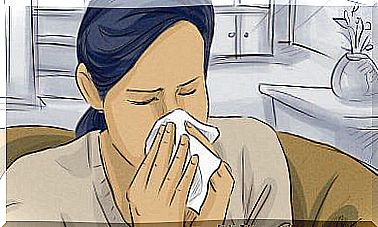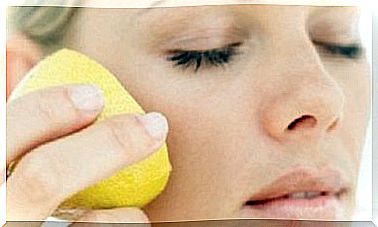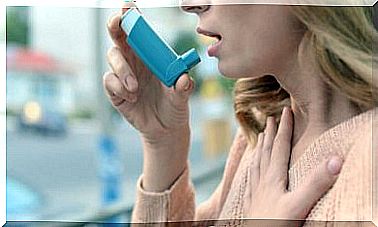Do Onychomycosis Preparations Work On The Hands And Feet?
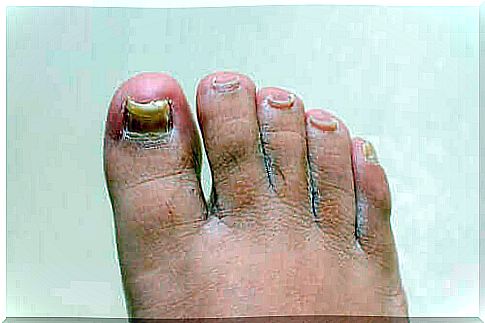
Many people look for preparations for onychomycosis on the hands and feet. This ailment, which causes a white or yellow discoloration in addition to itching and other discomfort under the nails, makes up a third of all fungal infections of the skin.
According to information published in the Journal of Fungi , this infection, also called tinea unguium, is caused by dermatophyte fungus that takes root under the nail. Because of this, it is often a difficult condition to get rid of, in addition to the fact that the symptoms tend to reappear over time. Below we take a look at what is known about this nail fungus.
Onychomycosis: This you should know
Onychomycosis is a fungal infection that can appear on the nails of both hands and feet. The latter, however, are usually more affected. Although it is not a serious disorder, is it a public health problem due to its high prevalence, poor response to treatment and health effects it has.
As explained by the American Academy of Dermatology, hot and humid places, such as swimming pools or public locker rooms, can promote infection. In addition, it is associated with a lack of hygiene and sweat and tight shoes, as well as other situations that expose your nails to moisture for a long time.
Symptoms include:
- White spots or discoloration of the nails
- The nails get thicker
- Fragile nails that crumble or lift from the toes or fingers
- Uneven nails
- Itching or foul odor (in some cases)
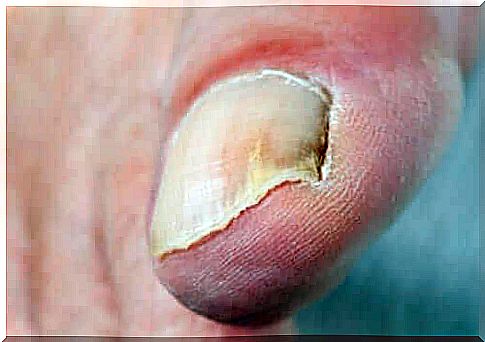
Most cases are mild and do not affect anything more than the appearance. However, when the infection has complications, it can be painful and even lead to irreversible damage to the nails. Furthermore, if you have diabetes or a disease that weakens your immune system, you should be careful.
If this is the case, it is important to consult a doctor as any damage to the feet, including this type of infection, can lead to serious complications due to the immune response and circulatory problems.
Do onychomycosis drugs work?
In popular literature, there is a wide variety of preparations for onychomycosis. However, experts question these methods. In a study in the Journal of Fungi , they indicate that alternatives such as tea tree oil and the plant known as ageratina pichinchensis have shown an antifungal activity.
Other drugs such as propolis and Vicks Vaporub (a menthol ointment that is not easy to obtain in Norway) also had positive effects against onychomycosis in some pilot studies. Nevertheless, the results are not decisive and more research is needed to find out how effective these treatments are.
Despite this, it is acceptable to use them as complementary therapies as they have not shown any harmful effects in humans, suggesting that they should be safe and tolerable for us. As far as possible, you should of course use them in conjunction with medical treatments.

Pharmaceutical treatments
To date, drugs are the most widely accepted treatments for onychomycosis, although they are also being studied. These treatment options are available as topical and oral treatments, and you can read more in a publication in the Indian Journal of Pharmaceutical Sciences .
The topical agents include paint formulas such as amorolfine 5% and ciclopirox 8%. Creams, powders and other topical products are usually less effective because they do not penetrate the nail as easily.
Furthermore, oral treatments may include griseofulvin, terbinafine, itraconazole and ketoconazole. These require longer use and have a higher risk of side effects, such as headaches, gastrointestinal diseases and skin rashes, among others.
Because of this, you should follow the dosing instructions and the duration of use recommended by a professional. You also need to keep in mind that you need to use both options consistently to get results. If you do not, the infection may continue or even worsen.
What else can help with onychomycosis?
When you are facing a problem such as onychomycosis, it is important to consult your dermatologist to get the correct diagnosis and treatment depending on the case. In addition, you can take some simple steps yourself. For example, you can wear open shoes, dry your feet well and wear shoes in damp areas such as pools and showers and changing rooms.

